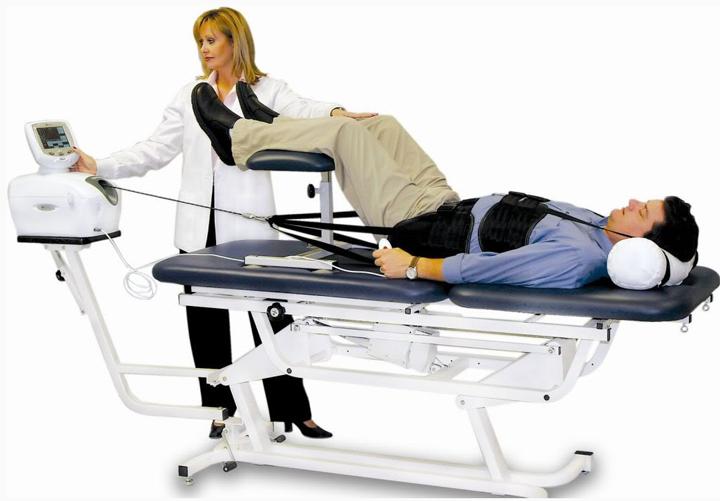
Do you experience unexplained aches in different parts of the body? Is it difficult for you to maintain a balanced posture? Is your natural range of motion limited in any way? If your answer to any of these questions is in the affirmative, it may point towards an underlying problem - misalignment of spine.
Defining Spinal Misalignment
Habitual inappropriate posture can lead to spinal misalignment. This is the situation in which your spinal column adheres to the "new" normal, losing its original shape. This may give rise to stress and/or damage to the spinal cord, which in turn leads to aches, restricted mobility and other similar problems. When the nerves running along the spinal column are stressed, it generally surfaces in the form of pain in different parts of the body.
Spinal Decompression Therapy
The spinal decompression therapy entails rectification of the spinal misalignment through physical and/or mechanical manipulations. It is one of the most important techniques used by medical practitioners and chiropractors to address pain-related problems.
It is of two types - surgical and non-surgical spinal decompression therapy. As the name suggests, they differ in the mode of administration. Here's a little insight about each.
Non-Surgical Spinal Decompression Therapy
This mode of treatment entails stretching of the spinal column into its original structure. Physical pressure is applied - either by hand or by mechanical tools - to alter the shape and position of the spinal column. This relieves the unnecessary stress being applied on the enclosed spinal cord. It also relieves the pressure on the nerve cells lining the spinal column, helping you feel at ease.
It is a non-invasive technique and may require several sessions before a positive difference is felt. It is considered to be quite effective in tackling back pains, neck pains, herniated discs, spinal injuries and others. However, people with preexisting conditions like fracture, tumor, osteoporosis, and metal implants are advised not to pursue non-surgical spinal decompression therapy.
Non-surgical spinal decompression therapy is usually followed up by complementary treatments like electrical stimulation, ultrasound therapy or heat/cold therapies.
Surgical Spinal Decompression Therapy
As the name suggests, this involves penetration and spinal rectification through surgery. It primarily involves removal of a part of the bony structure in order to facilitate movement. It largely depends on the doctor's diagnosis and the patient's condition.
Surgical spinal decompression therapy is known to help in relieving pain, tingling sensations and numbness. However, as with every other surgical option, there are significant risks attached to surgical spinal decompression. The patient may experience infection, excessive bleeding, clotting, allergic reactions, and/or severe and irrevocable damage to the nervous tissue. There have also been instances where surgical spinal decompression therapy did not help in alleviating pain. It is impossible to ensure guaranteed results with these treatments.
To Sum It Up
Both surgical and non-surgical methods for spinal decompression have their set of drawbacks. Their results are highly subjective and therefore cannot be generalized to masses. Make sure you evaluate these concerns carefully before deciding which treatment to pursue.
Leave a Comment